
In the coming year, Europe will have five of the ten greatest economies in the world, Asia will have three, and the Americas will have two. The majority of these, especially the G7 countries, are already wealthy when it comes to GDP per capita. The list also contains a few emerging economies where the size of the economy is determined more by the large number of people than by the wealth of individuals. Furthermore, even though the majority of these economies have below-average growth potential because they already have significant levels of physical and human capital, two of the Asian economies are notable for having better growth possibilities.
List Of Top 10 Largest Economies In The World 2025
1. United States

In nominal terms, the United States has the greatest gross domestic product (GDP) in the world, accounting for almost a quarter of the worldwide output. It also has one of the highest GDP per capita rankings. The economy is very diverse, with the technology sector, which is driven by Silicon Valley, being the driving force behind global innovation in artificial intelligence, biotechnology, and software. New York is the center of the world’s deepest capital markets, which strengthens the financial sector. Healthcare and pharmaceuticals are two of the most important sectors of the economy. Manufacturing is smaller than it was in previous decades, but it is still competitive in the aerospace, defense, and automotive industries.
2. China
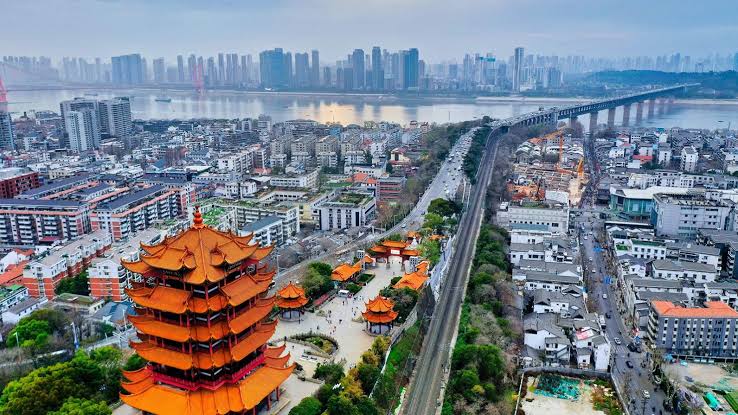
Nearly 20% of worldwide nominal USD output comes from China, the second-largest GDP. Investment and export-led manufacturing underpin its economy, although private spending is 20% lower than in wealthy nations. As “world?s factory,” China controls electronics, industrial, and textile production. Recent government policies have stressed technological self-sufficiency and higher-value industries, greatly subsidizing domestic enterprises and prohibiting foreign investment in vital sectors. This strategy has helped Huawei, Tencent, and BYD become world leaders in technology and electric vehicles. Many of these enterprises are expanding internationally, worrying the West. Chinese enterprises make most solar panels, and state support has made China a green technology powerhouse.
3. Germany
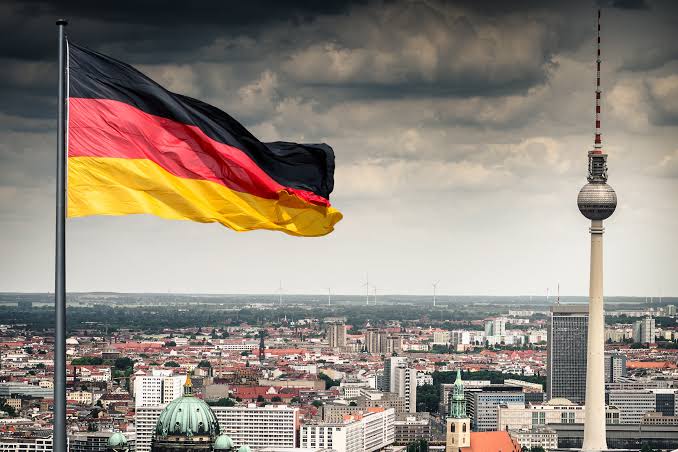
Germany is Europe’s largest economy, having a solid industrial base despite its service concentration. Its manufacturing sector accounts for twice as much of GDP as other G7 nations. The Mittelstand, a network of highly specialized medium-sized industrial businesses, drives this strength. Germany is a major actor in global trade and industry due to its talented workforce, strict fiscal policies, and central European location.
4. Japan
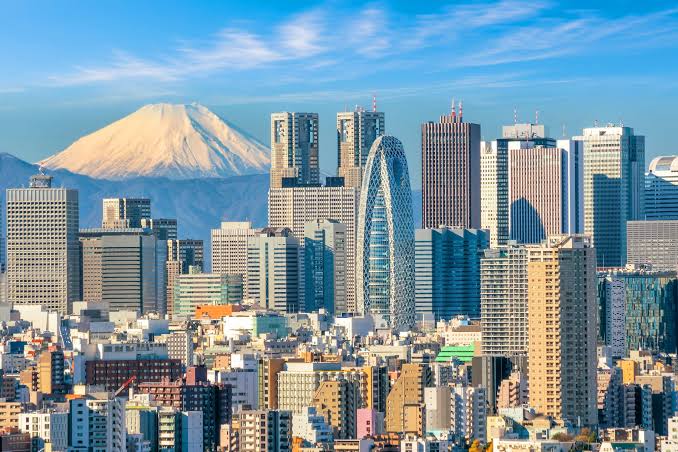
Japan is the fourth-largest economy in the world, but its global influence has declined since the 1990s, when it was second and nearing the U.S. Japan’s manufacturing sector accounts for nearly 20% of GDP, with strengths in electronics, cars, and robotics like Germany’s. Global giants Mitsubishi, Sony, and Toyota remain dominant. The banking and financial services sector is strong in the country. Japan has had trade and current account surpluses for years as an exporter.
5. India
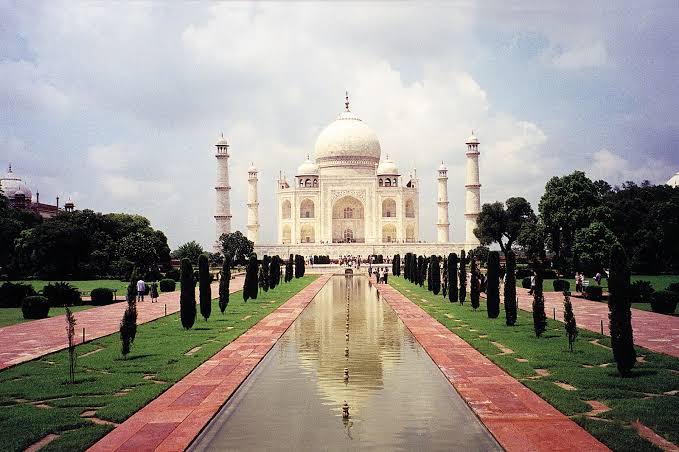
Over the past decade, India’s GDP has doubled. Despite the Make in India initiative, manufacturing is not its main sector, unlike many Asian economies. Services—led by information technology—drive the economy. Infosys and TCS, India’s IT giants, employ a million people and are global. Pharmaceutics, especially generic drug production, is another major pillar, with India leading the world. Agriculture, which employs a large portion of the population and accounts for 20% of GDP, is less productive and vulnerable to climate change.
6. United Kingdom

The services sector is the main driver of the UK economy, with finance, insurance, and real estate being the most important industries. This is especially true in the City of London, which is one of the world’s top financial centers. Other significant industries include the creative sectors, defense, higher education, automotive manufacturing, and pharmaceuticals. The country has a flexible labor market and a strong education system, both of which help it to be economically resilient and competitive on the global stage.
7. France

France has a diverse economy with strengths in many industries. It is a top company in luxury goods, well-known for famous brands like Chanel, Hermès, and LVMH that are popular around the world. The aerospace industry, led by Airbus, is another important part. France has the biggest farming sector in the EU, known for its dairy, grain, and wine. Since Brexit, Paris has become a stronger financial center. The move of the European Banking Authority and the addition of thousands of new finance jobs have made the city more important in global banking and investment.
8. Italy
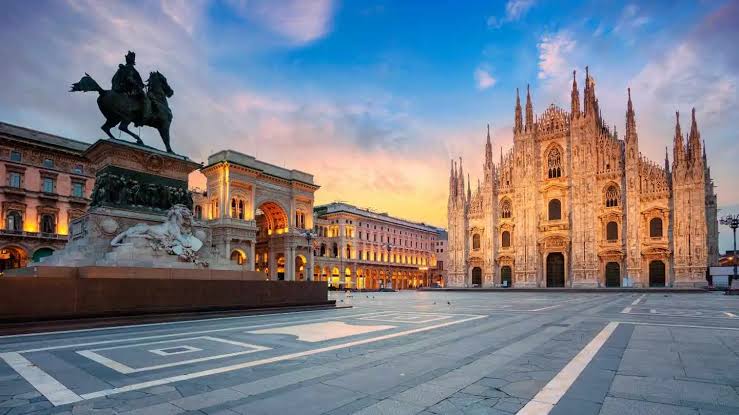
The services sector is the main driver of Italy’s economy, but the country also has a strong manufacturing sector, especially in the areas of luxury goods, machinery, and automotive production. Northern Italy is the manufacturing powerhouse of the country. It is home to industrial centers like Milan and iconic brands such as Fiat and Ferrari. Italy is also the third largest agricultural producer in Europe and is famous around the world for its wine and olive oil.
9. Canada
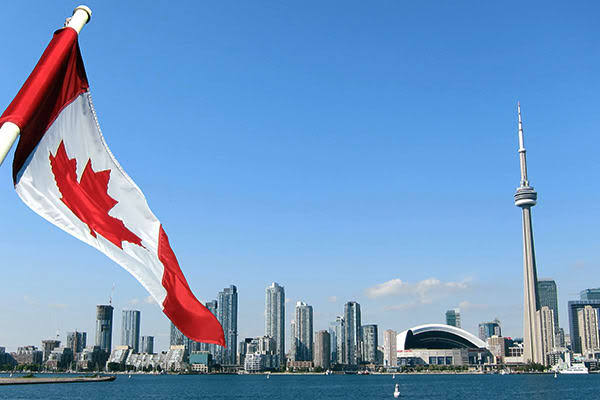
Canada exports oil, forestry, and mining due to its natural resources. The services sector drives GDP, with finance and technology as strengths. Recent economic growth has been driven by strong demand from its largest trading partner, the U.S., and a rapid population increase of 10% between 2019 and 2024, well above historical trends. However, rising unemployment and housing costs have led the government to reduce immigration quotas. Due to this, population growth is expected to slow from nearly 3% in 2024 to nearly zero in 2025.
10. Russia
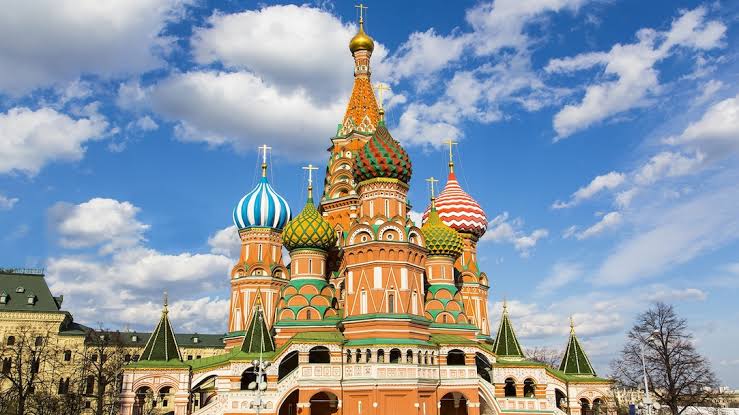
More than half of Russia’s export revenues come from oil and natural gas. Gazprom and Rosneft dominate energy production, driving economic growth but also exposing the country to global price fluctuations and energy sanctions. Heavy industries like arms, chemicals, and steel dominate Russia’s manufacturing sector, which is also a major grain exporter. Since the 2022 invasion of Ukraine, the economy has shifted toward military production and government spending, while trade and investment have shifted toward Asia at the expense of Europe.






http://acelectricsupply.com/__media__/js/netsoltrademark.php?d=www.gaiaonline.com%2Fprofiles%2Farmanidillon7%2F47023050%2F
hop over to this web-site [url=https://jaxx-liberty.com]jaxx wallet download[/url]
you can look here [url=https://myjaxxwallet.us]jaxx classic wallet[/url]
read this
[url=https://myjaxxwallet.us/]jaxx classic[/url]
Когда усталость берёт верх, так хочется отдохнуть, зарядиться позитивом и подарить себе настоящий отдых. В Termburg.ru для этого созданы лучшие возможности: огромный водный комплекс с гидромассажем, горячие купели на свежем воздухе и уютные зоны релакса. Для любителей прогреть мышцы и укрепить иммунитет работают [url=https://termburg.ru/]индивидуальная групповая парная[/url] включая традиционную баню, финские парные и восточную парную. Здесь можно не просто насладиться тишиной, но и получить оздоровительный эффект, укрепляя иммунитет.
Посетители ценят нас за гармонию и комфорт и широкий
Secretary of State Marco Rubio appeared to escalate the Trump administration’s confrontation with Panama on Sunday, telling its leader that President Trump had determined that Chinese “influence and control” over the Panama Canal threatens the waterway and demanding “immediate changes,” according to the State Department.
[url=https://kra30at.ru]kra30 cc[/url]
Panama’s president, Jose Raul Mulino, provided a different account of the discussion, saying after the meeting that he did not believe Mr. Rubio had conveyed a threat that Mr. Trump might move to reclaim the American-built shipping ro
Когда усталость берёт верх, так хочется восстановить силы, вернуть энергию и подарить себе полное обновление. В Termburg.ru для этого созданы идеальные условия: просторный бассейн с гидромассажем, горячие купели на свежем воздухе и специальные зоны отдыха. Для поклонников прогреть мышцы и укрепить иммунитет работают [url=https://termburg.ru/]термбург метро печатники[/url] включая русскую парную, финские парные и турецкую баню. Здесь можно не просто насладиться тишиной, но и получить пользу для здоровья, укрепляя иммунитет.
Посетители ценят нас за гармонию и комфорт и широкий выбор спа-пр
London
CNN
—
Opposite a bed in central London, light filters through a stained-glass window depicting, in fragments of copper and blue, Jesus Christ.
[url=https://blackspfgh3bi6im374fgl54qliir6to37txpkkd6ucfiu7whfy2odid.biz]блэкспрут сайт[/url]
Three people have lived in the deserted cathedral in the past two years, with each occupant — an electrician, a sound engineer and a journalist — paying a monthly fee to live in the priest’s quarters.
[url=https://blsr2w.info]bsme .at[/url]
The cathedral is managed by Live-in Guardians, a company finding occupants for disused properties, i
London
CNN
—
Opposite a bed in central London, light filters through a stained-glass window depicting, in fragments of copper and blue, Jesus Christ.
[url=https://bs-gl.org]blacksprut зеркало[/url]
Three people have lived in the deserted cathedral in the past two years, with each occupant — an electrician, a sound engineer and a journalist — paying a monthly fee to live in the priest’s quarters.
[url=https://m-bs2-best-at.ru]btrhbfeojofxcpxuwnsp5h7h22htohw4btqegnxatocbkgdlfiawhyid onion[/url]
The cathedral is managed by Live-in Guardians, a company finding occupants for disused p
Overview of Topaz Adjust AI
Topaz Adjust AI is an advanced photo enhancement software that leverages the power of artificial intelligence to transform your photos into stunning works of art. This tool analyzes and enhances colors, shadows, details, and more, making your photos as vivid and dynamic as intended—all in one simple step. Adjust AI can be used as a standalone application or as a plugin for Adobe Photoshop, Lightroom, and Topaz Studio.
Benefits of Topaz Adjust AI
Topaz Adjust AI uses machine learning to analyze and transform ordinary photos into vibrant, detailed image
Overview of Topaz Labs AI Gigapixel
Topaz Labs AI Gigapixel is the first and only desktop application to use the power of artificial intelligence to enlarge your images while adding natural details for a sharper and more impressive result. This advanced software can use deep learning technology to enlarge images and fill in details that other resizing products leave out, providing breathtakingly sharp prints, high-resolution cropping, and more.
Key Benefits of Topaz Labs AI Gigapixel
AI Gigapixel stands out due to its ability to enlarge images up to 600% while maintaining the quality,
Overview of Adobe RoboHelp
Adobe RoboHelp is a powerful authoring tool that allows you to create personalized help experiences effortlessly. With robust features such as HTML5 and CSS3 support, you can design media-rich content, customize layouts, and templates using a powerful CSS and skin editor. Adobe RoboHelp enables you to publish content as Responsive HTML5, PDF, Mobile Apps, and more, ensuring you can serve customers across all touchpoints effectively.
Benefits of Adobe RoboHelp
In the latest version, Adobe has rebuilt RoboHelp from the ground up, leveraging the latest technolo
Fantastic blog! Do you have any hints for aspiring writers? I’m hoping to start my own blog soon but I’m a little lost on everything. Would you suggest starting with a free platform like WordPress or go for a paid option? There are so many choices out there that I’m completely overwhelmed .. Any suggestions? Thanks!
Greetings from Los angeles! I’m bored to death at work so I decided to browse your website on my iphone during lunch break. I love the knowledge you present here and can’t wait to take a look when I get home. I’m surprised at how quick your blog loaded on my mobile .. I’m not even using WIFI, just 3G .. Anyhow, excellent blog!
oknad.ru
Приветствуем вас на нашем
веб-сайте! Здесь вы найдёте всё необходимое для успешного управления своими
финансами. Мы предлагаем широкий спектр
финансовых продуктов, которые помогут вам достичь ваших
целей и обеспечить стабильность в
будущем.
В нашем ассортименте представлены различные виды банковских продуктов, инвес
Thanks for revealing your ideas. One thing is that learners have an alternative between federal student loan as well as a private education loan where its easier to select student loan consolidation than in the federal student loan.